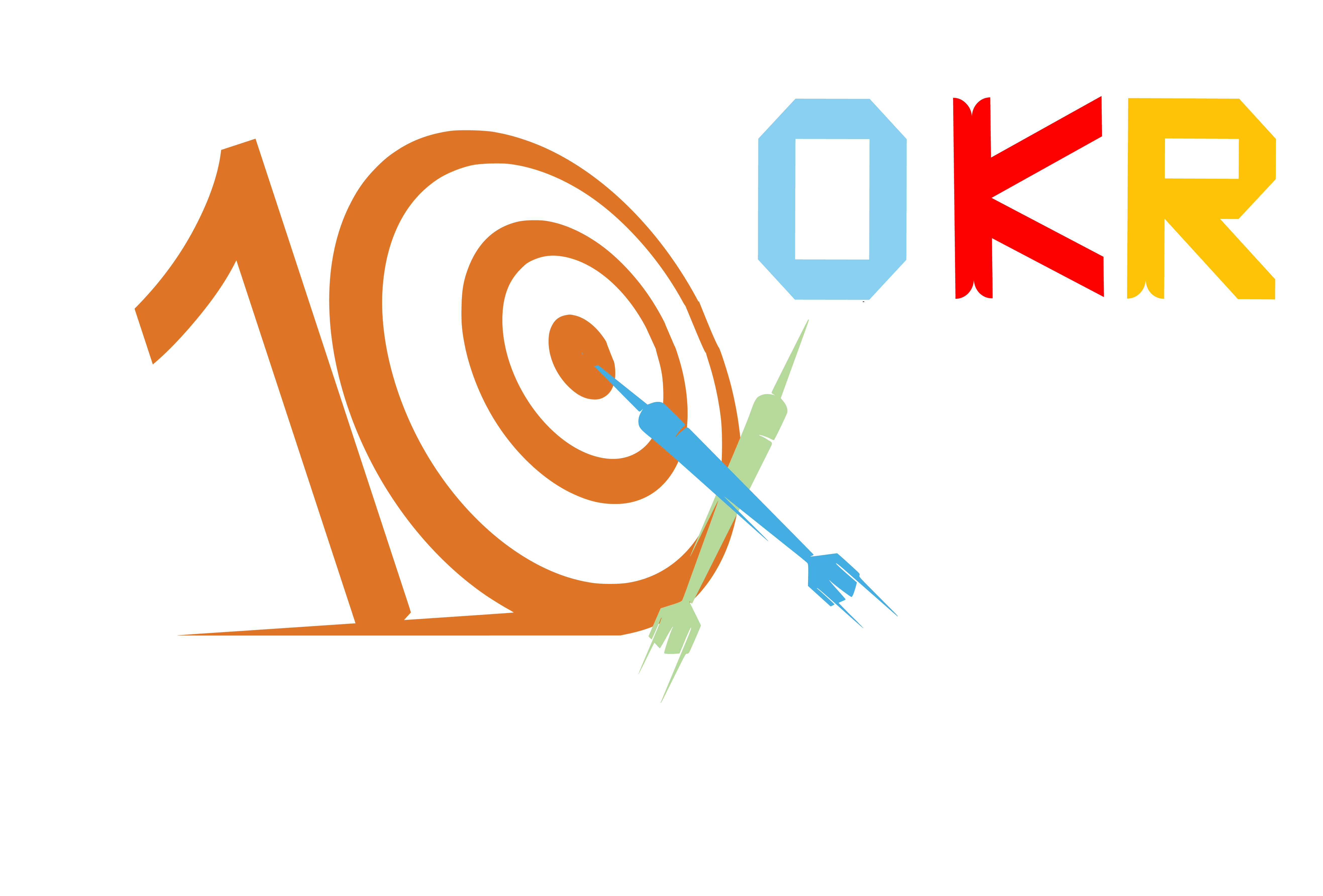Table of Contents
Lean-Agile Leadership – Your Guide to Success in 2023
Businesses require leaders who can quickly adjust to the rapidly changing characteristics of our world. An innovative method of leadership referred to as lean-agile leadership is based on lean manufacturing and agile software development. Continuous improvement, client fulfilment, and leadership development are the main goals for lean-agile leaders.
This blog article is for managers who intend to increase the agility of their organisations. In this article, we’ll go via the fundamentals of lean-agile leadership and offer advice on implementing them in your business.
What does Lean-Agile Leadership include?
Agile implies the ability to alter direction quickly and adapt to various circumstances. Many organisations currently employ this skill to handle projects efficiently. The latest epidemic has further driven organisational executives to adopt agile working practices.
Lean-agile leadership is one of the most in-demand talents among leaders, project managers, and employed professionals. Agile leaders leverage a very inclusive and compassionate management strategy. They train and facilitate their team as they would like to prepare and promote themselves. And it is this component that alters everything. Agile leaders have a propensity to tie together every member of the team that is working towards the same goal.
What differentiates Lean-Agile Leadership from traditional leadership?
To lead and manage the team, traditional leadership typically employs autocratic, democratic, and paternalistic leadership styles. SAFe lean-agile administration, in contrast, uses servant, transformational, and situational management strategies. Instead of rigid systems that prohibit trying new ideas, lean-agile leadership promotes flexibility.
Flexibility in the workplace encourages experimentation and the flow of fresh ideas, while efficient collaboration and interaction foster engagement and a sense of achievement. Both leadership styles utilise unique skills and characteristics.
Several ideas make up the foundation of lean agile leadership, which enables managers and leaders to create agile transformation. Among the most significant principles are the following:
Setting the Bar High
“Be the change you want to see in others.” The cornerstone of flexible leadership is this quote from Mahatma Gandhi. Agile leadership closely adheres to this rule. People exhibit chameleonic behaviour. They replicate and improve their abilities from their elders. Lean agile leaders set an example for their teams, working with them to hone their skills. They set an example for their team by improving themselves.
Great Thinking
Innovative ideas and deliberate problem-solving behaviours arise from good thinking. Agile leadership lets a team autonomy to come up with fresh, innovative approaches to problems.
Consistent, constructive critique
Agile leadership encourages leaders to hone their feedback-giving capabilities. Constructive criticism adds value and offers a clear path for improvement. This gives the individual more power and encourages them to use their imagination to produce what they want.
Employing Emotions
Connecting with colleagues requires understanding emotions and a capacity to motivate others through constructive criticism. Agile leaders support the team’s mental agility and decision-making growth through optimism and perseverance. Agile leadership’s primary trait is calming and encouraging the team’s thoughts.
Development of a collaborative environment
One individual cannot perform all types of jobs. Teamwork and collaboration directly correlate with productivity. Teams collaborating well have a good chance to create effective work processes and are more likely to succeed in their goals.
Innovation and Uniqueness
Agile leadership recognises the source of a novel idea. Ideas and creative thinking can originate from anywhere. Agile leaders are open-minded and respectful of all viewpoints. They work with the organisation’s objective in mind. Agile leaders accept and encourage creative ideas from everyone regardless of rank.
Benefits of Agile Lean Leadership
The company’s long-term growth is the primary benefit that people can get from using a lean agile leadership style of management. The following are a few other advantages in addition to these key advantages:
- Establishing respectful interactions with the team members and appreciation of them.
- Heightened awareness and consciousness on all levels.
- Promotes a culture of lifelong learning.
- Builds team confidence as a whole.
- Challenges become simple to overcome by adopting an organised, accountable, and autonomous culture.
Companies perform best in agile environments because they allow each professional to work, contribute, and develop. The first step towards success is creating lean-agile leadership at all tiers of an organisation.
Principles and the Mindset
Conventional leadership methods need to be revised for the adjustments required to increase business agility. Leaders are familiar with Lean thinking and incorporate teaching others about it into everyday tasks. What if, though, leaders still need to possess that mindset?
So how can you alter your perspective? To do this, one must first be conscious of their current perspective. Leaders must stay aware of the risk that mindsets based on traditional leadership methods may need to change.
A mindset compatible with the core concepts and tenets of Lean, Agile, and SAFe is essential for bringing about the organisation through this journey towards Business Agility.
The three fundamental components of this new way of thinking are:
- Alignment, transparency, built-in quality, and programme execution are SAFe Core Values that describe SAFe’s basic concepts and tenets.
- Lean-Agile Mindset calls on leaders to become familiar with, adopt, and act by both Lean and Agile methods.
- To experience the benefits of using SAFe on a personal, professional, and economic levelled, there are 10 SAFe Principles.
Leading Change
Being a Lean-thinking manager-teacher gives leaders the thought processes and practical tools to build a Lean enterprise and achieve Business Agility.
Lean-Agile leaders drive the change process by developing and applying the following skills and techniques:
- Change vision occurs when leaders communicate why change is needed by inspiring, motivating, and engaging people.
- Change leadership is influencing and motivating others to engage in organisational change positively.
- When individuals have the authority to successfully lead the change at various levels and across silos, a strong coalition for change is created.
- Psychological safety arises when leaders foster a risk-taking climate that encourages change without concern for adverse effects.
- Ensuring everyone is schooled in the values, ideas, and practises of Lean and Agile through the new way of working.


Conclusion
Even with Lean-Agile leaders and effective organisational change methods in place, insights from numerous SAFe implementations show that change agents and skilled coaches are still required. Each leader contributes to the change, but the SAFe Practise Consultant (SPC) is uniquely qualified and equipped to carry it through.
Implementing SAFe is not just any change; it is a shift towards continually and unceasingly improving Business Agility based on the tenets of Agile and Lean. It needs managers, CEOs, and other leaders who know how to steer, sustain, and even quicken the shift to a new style of functioning.



